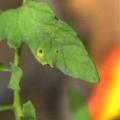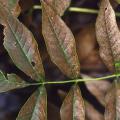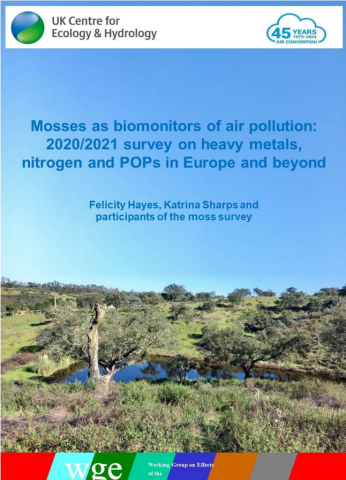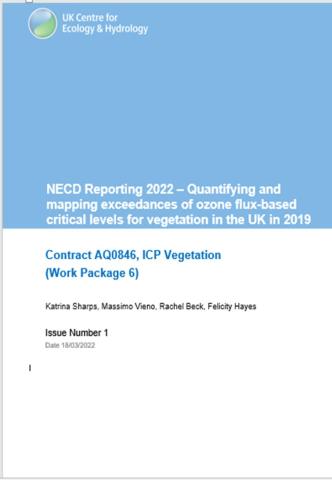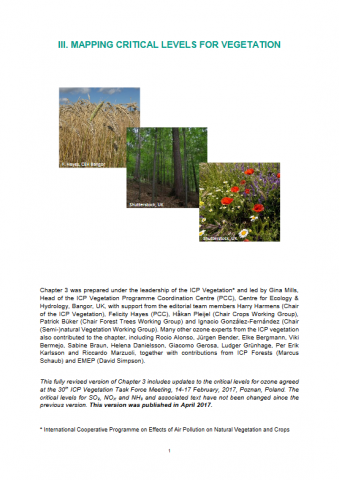Leaf diseases
Look for dark brown or black patches, signs of “powder” on the leaf surface, general leaf surface yellowing or large regular-shaped yellow/brown areas.
For example, fungal disease can cause necrotic spots surrounded by yellow areas in tomato (Lycopersicon esculentum) (a), and powdery mildew can produce white areas (hyphae of the fungus) on the underside of the leaf in ash (Fraxinus excelsior) (b&c).
Leaf viruses
Look for regular-shaped injury between the veins. There may be spots of dead, brown tissue. Leaves may be rolled or curled.
Leaf biting insects
Holes can be seen on the leaf, which go straight through the surface. Leaf miners (larvae of insects that eat plant tissue) can cause linear patterns of necrotic tissue. For example, damage caused by a leaf miner can be seen on this beech (Fagus sylvatica) leaf (d).
d)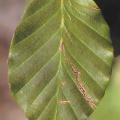
Red spider mites
These mites can be common inside glass houses, look for small, crawling pin-head sized insects and white webbing on the leaves. Unlike ozone damage, spider mite symptoms can be found on the underside of leaves and are not restricted to interveinal areas. For example, red spider mites can be seen on the underside of French bean (Phaseolus vulgaris) leaves (e) and mite symptoms can be seen on and between the veins of this goat willow (Salix atrocinerea) leaf (f).
e) 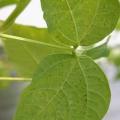 f)
f) 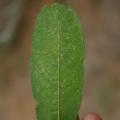
Photos courtesy of: E. Calvo (a), M.J. Sanz and V. Calatayud (b&c) (www.ozoneinjury.org); Innes et al. 2001 (www.ozone.wsl.ch) (d); E. Calvo (e), V. Calatayud (f) (www.ozoneinjury.org).
